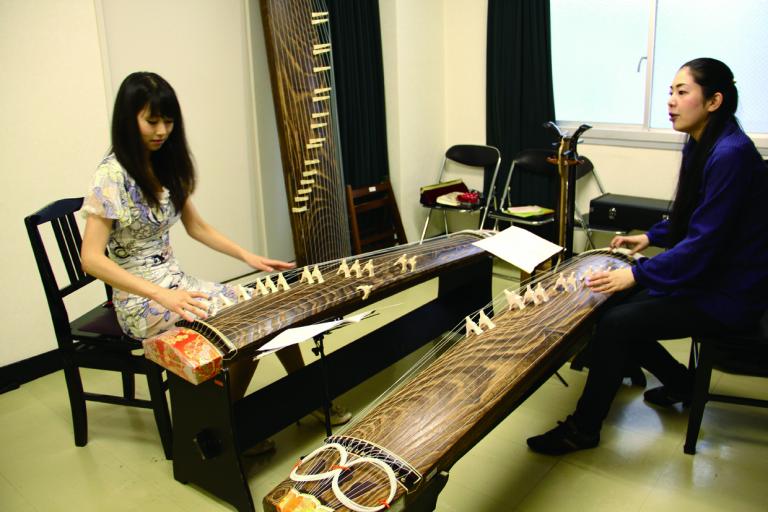Knowledge about Traditional Stringed and Woodwind Instruments
7 min readIn Chinese,traditional stringed and woodwind instruments generally refer to musical instruments.The development of Chinese traditional musical instruments hasa long history.There are numerous complicated types,the main ones being percussion instruments,wind instruments,plucked instruments and bowed instruments.
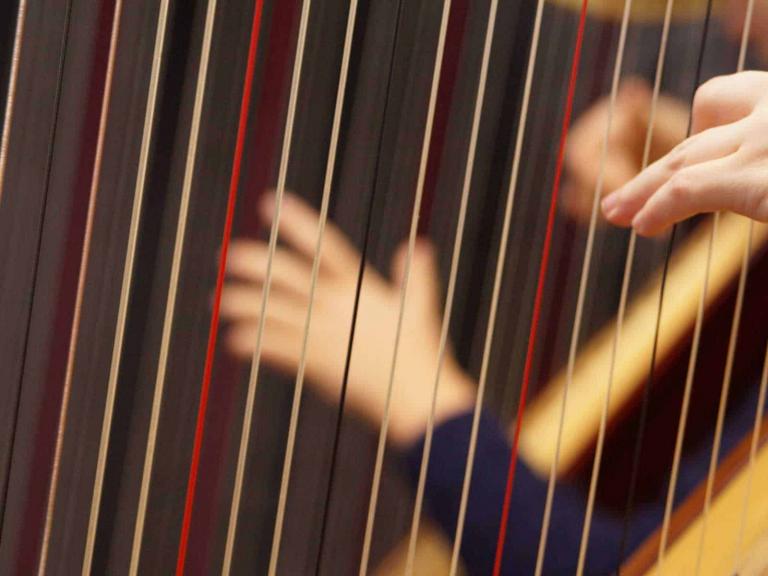
Percussion instruments generally emerged first because rhythms often emerged and matured earlier than melodies,while the rhythm and melody are two main elements of music.In the Spring and Autumn Period and the Warring States Period,the manufacture of percussion instruments were highly developed,bells and flattened bells were most important bronze musical instruments,and the serial bells of MarquisYi of Zeng represented the highest manufacturing level of these musical instruments.
The serial bells were arranged according to chime bells’sizes and pitches,hung on the bell racks,and hit with wood hammers in performances.Their timbre was clear,melodious and very penetrating.The serial bells of Marquis Yi of Zeng consist of a total of 65 bells arranged into eight groups according to sizes and pitches and hung on the three-layer racks made of bronze and wood,the total weight being more than 2,500 kilograms.They are the most numerous and best preserved serial bells ever discovered in China.Each of the serial bells of Marquis Yi of Zeng can produce two sounds and has a very wide range,only one octave less than that of the modern piano.There are seal-script inscriptions about temperament on all bells with a totallength of more than 2,800 Chinese characters.Studies on these inscriptions show that China used twelve-tone equal temperament back in the sth century BC,1,800 years earlier than Europe. Besides, the design of the large bell racks of the serial bells of Marquis Yi of Zeng is also perfect, giving equal consideration to the structure’s physical performance and the aesthetic need of viewers and showing the serial bells’grandeur with the serial bells.
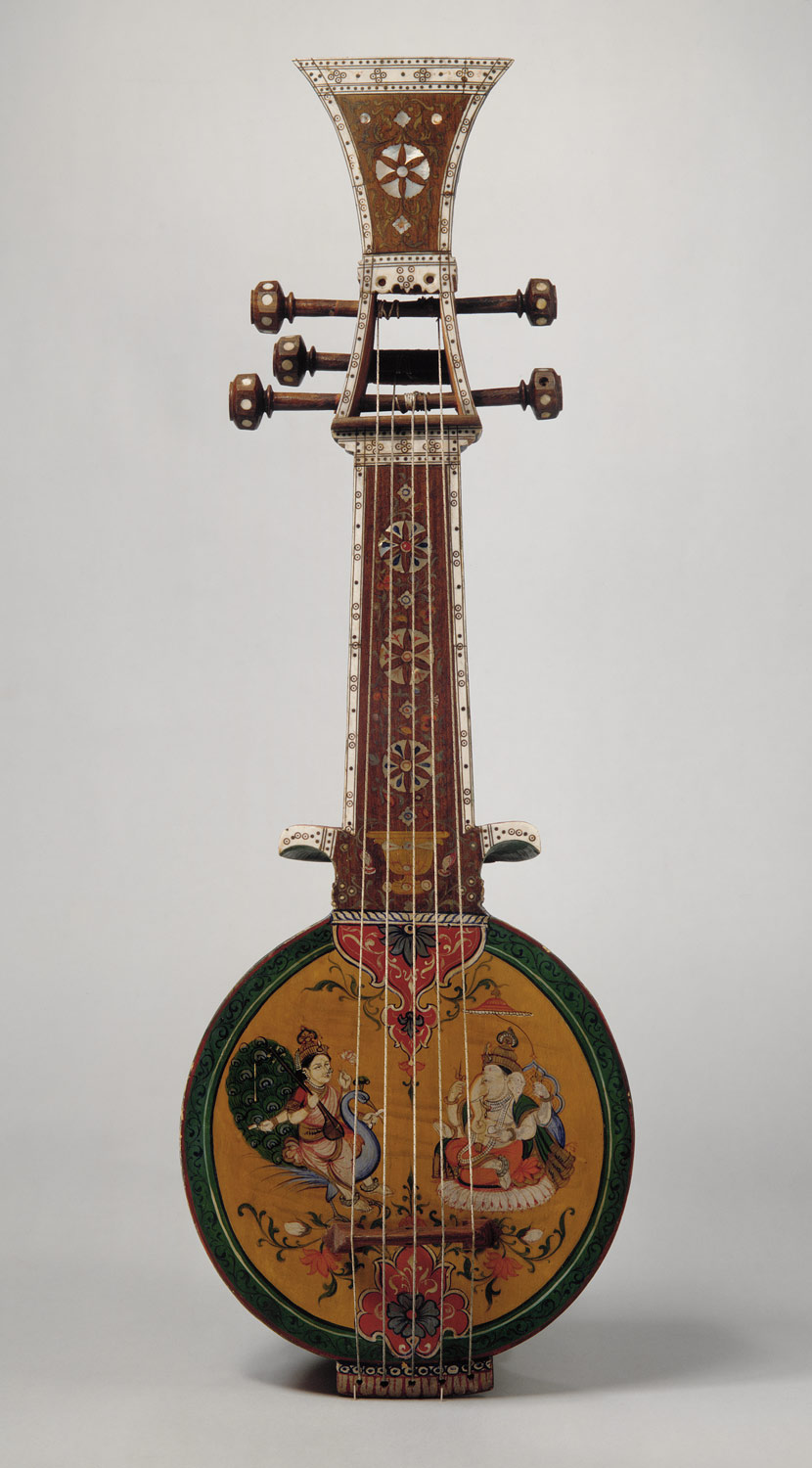
Wind instruments also have a very long history. There were oval-shaped wind instruments made of clay in the Neolithic Age. The earliest collection of poems in the history of Chinese literature The Book of Songs contains poems between the 11th century BC and the 6th century BC and records about wind instruments such as oval-shaped wind instruments, reed wind instruments, vertical bamboo flutes, pipe instruments and reed pipe wind instruments. Martial music, also known as side-blown flute music, rider’s flute music, etc. rose later. The main musical instruments were panpipes, reed instruments, horns and flutes. It was often played during armies’marches as well as entertainment activities such as honor quard ceremonies and banquets. The wind instruments often used today include flutes, vertical bamboo flutes, reed pipe wind instruments, etc.
The flute is one of the side-blown woodwind instruments often used in Chinese traditional music. Most flutes are made of bamboo, and stone flutes and jade flutes are seen occasionally. Flutes can be generally classified into southern kunqu flutes and northern bangzi flutes. The kunqu flute has a long and thick pipe, producing smooth and melodious sound, and the style is elegant and pure; the bangzi flute has a short and thin pipe, producing loud and sonorous sound, and the style is vigorous and unconstrained. Today, the flute is one of the representative Chinese musical instruments often used in Chinese folk music, traditional opera and even symphonies and popular music.
The vertical bamboo flute is also made of bamboo. There are 6-hole vertical bamboo flutes and 8-hole vertical bamboo flutes. The holes are on the upper side. As the saying goes,”flutes are blown horizontally and vertical bamboo flutes are blown vertically”. The timbre of the vertical bamboo flute is smooth, soft, peaceful andelegant, suitable for both solos and ensembles. While blowing the vertical bamboo flute, one should maintain a peaceful state of mind because the vertical bamboo flute is a musical instrument from nature. Its sound is as poetic as remote mountains and secluded valleys. One can truly interpret such wonderful sound only when his state of mind is peaceful.
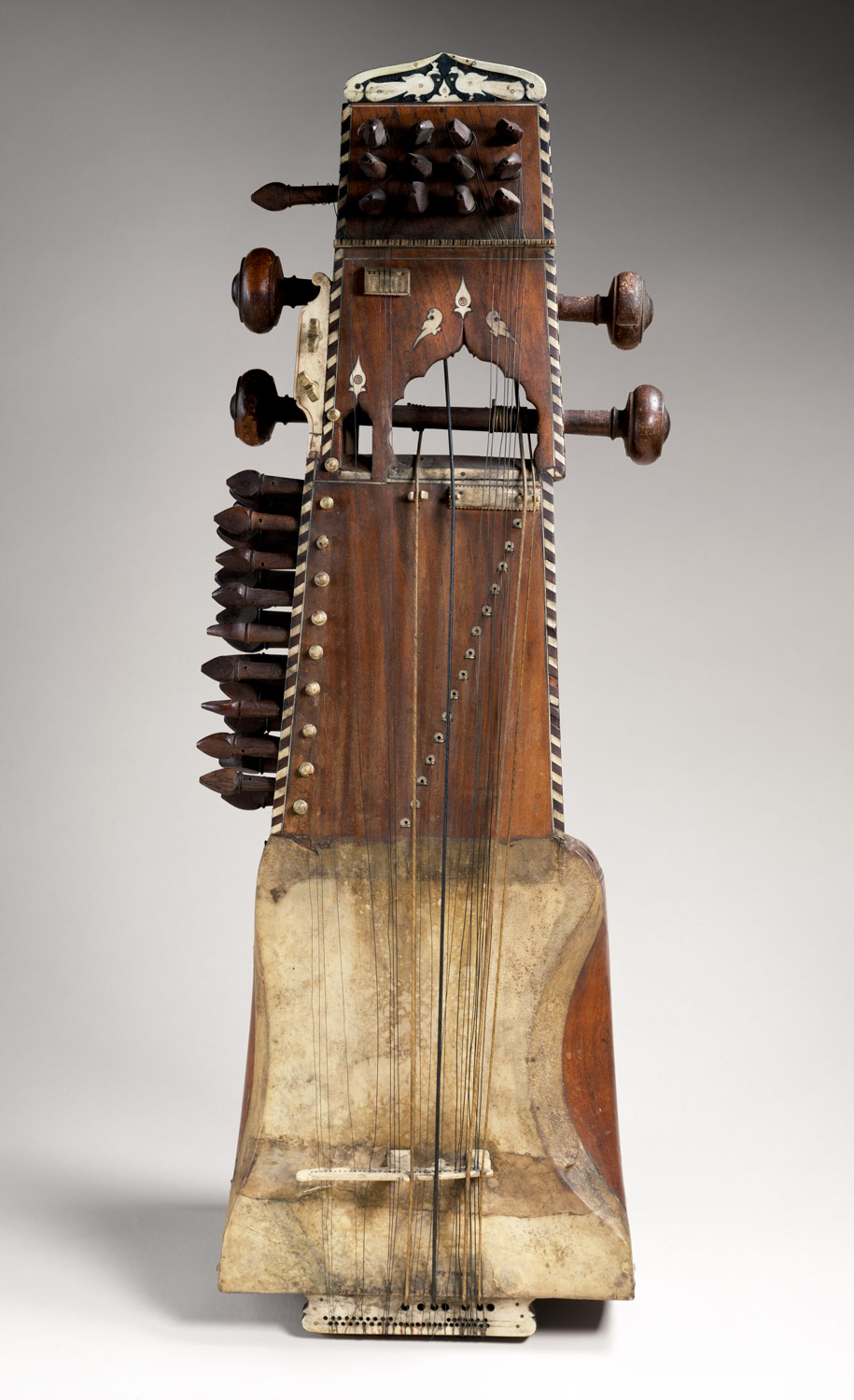
In 1978,a gourd-shaped reed pipe wind instrument more than 2,400 years old was unearthed from the tomb of Marquis Yi of Zeng in Sui County, Hubei, China. This is the earliest reed pipe wind instrument ever discovered in China. The timbre of the reed pipe wind instrument is very clear and sweet-high-pitched sounds are crisp and clear, mid-pitched sounds are soft and rich, and lowpitched sounds are deep and vigorous. It is the only musical instrument among Chinese traditional wind instruments capable of producing harmony. During ensembles with other musical instruments, the reed pipe wind instrument can play a role in harmonizing the band’s timbre and diversifying the band’s sound. The reed pipe wind instrument was introduced to Persia along the Silk Road very early, and was brought to Europe by French missionaries in the 18th century. In 1780, the Danish pipe organ producer Koschnick in Russia produced reed handles for pipe organs according to the reed mechanism of the reed pipe wind instrument. From then on, free reeds producing soft and melodious sound were used for pipe organs. On this basis, French people produced the organ in 1810; Germans invented the mouth organ in 1821 and the accordion in 1822. This shows that the reed pipe wind instrument played a very important role in Sino-foreign musical and cultural exchange.
The oldest plucked instrument is the ancient stringed instrument with a history of more than 3,000 years. In The Book of Songs, there are many praises of this musical instrument. Playing the ancient stringed instrument was also one of Chinese ancient scholars’ accomplishments. In their studies, there was usually an ancient stringed instrument lying on a table. The ancient stringed instrument has a beautiful shape. In the Eastern Han Dynasty, Cai Yong wrote in On Musical Instruments:”Fu Xi madea musical instrument, whereby to avoid evil, to guard the heart against low desires,cultivate the body,regulate the personality and to make man return to what is truly heavenly in him..It is wide in front and narrow at the back,resembling social ranks.It is round above and square below,following the plan of heaven and earth.”The ancient stringed instrument has smooth and clear timbre,producing refined sounds full of changes and having infinite charm in performances.Ancient people were very particular about playing the ancient stringed instrument,paying much attention to site,time and costume selection,and must have a bath and burn joss sticks before playing it.Ming expert in ancient stringed instruments Yang Biaozheng(1520-1590)wrote in Scattered Essays on Playing Musical Instruments:”Before playing a wind instrument,one must select a clean room,a spacious hall or a tall tower,or go to a forest,a rocky area,a mountain,a river bank or temple.When yin energy and yang energy are on the rise in a windless moonlit night,one must burn joss sticks in the room,sit still,think about nothing,and calm vital energy and blood in order to integrate with gods and ways.”There were also particular requirements on the ancientstringed instrument player’s posture:the chest should be lifted,the shoulders should be level,the back should be straight,the knees should be separated,the heels should be opposite each other,and the eyes should wander randomly from the right hand plucking strings to the left hand pressing strings.These requirements were made notjust for improving musical effect.They also contain higher requirements on players.The player should display a graceful figure with music and thus shows a free state of mind and easy demeanor.
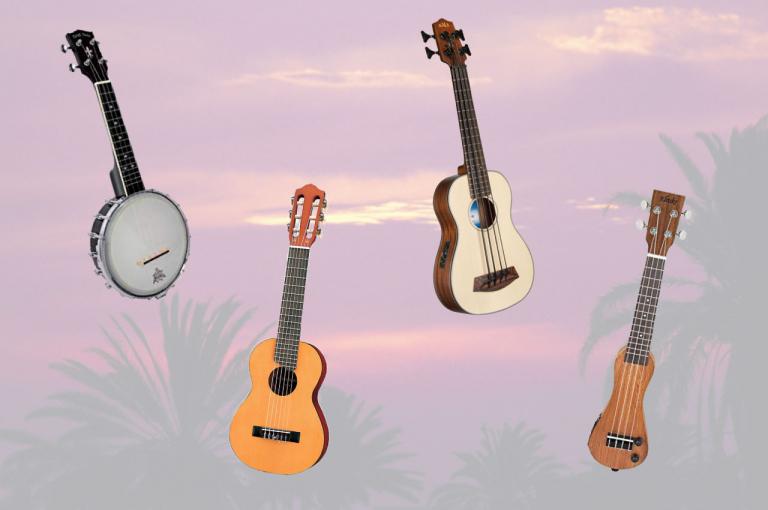
Bowed instruments are often used as accompanying instruments, including numerous types such as the erhu, jinghu and banhu. Bowed instruments having soft timbre shape diversified musical images with different bowing and fingering techniques and can express abundant refined emotions, suitable for playing singing melodies.
The erhu consisting of a bamboo or wood tube,a hard wood stem and two tuning pegs is very popular around China. One end of the round, hexagonal or octagonal tube is covered with python skin, and the other end is a carved sound window; the top of the stem is a winding head, and below the head are two chrysanthemum-shaped hard wood pegs for tightening the inner string and the outer string respectively; the bamboo bow’s hair is between the two strings. In the past, most strings were made of silk; now metal ones are used instead. The erhu has soft timbre and is very expressive.
It is an important musical instrument in ethnic music suitable for playing refined emotional tunes with the beauty of human voice.
The jinghu was produced on the basis of modified two-stringed bowed instruments with the emergence of Beijing opera at the end of the 18th century. Early jinghus had only one form. Later, after instrument producers and instrumentalists’longterm practice, various forms of jinghus emerged and met the requirements of the development of Beijing opera music. Now composers have created many solos and concertos for jinghus to move them from a corner of the orchestra pit to the center of the stage of Beijing opera.
It should be specially pointed out that China is a big family with 56 ethnic groups.
Many ethnic groups have their unique musical instruments such as Tibetans’ dramyin, Mongolians’ horse head string instrument and Kazakhs’ tamboura.
